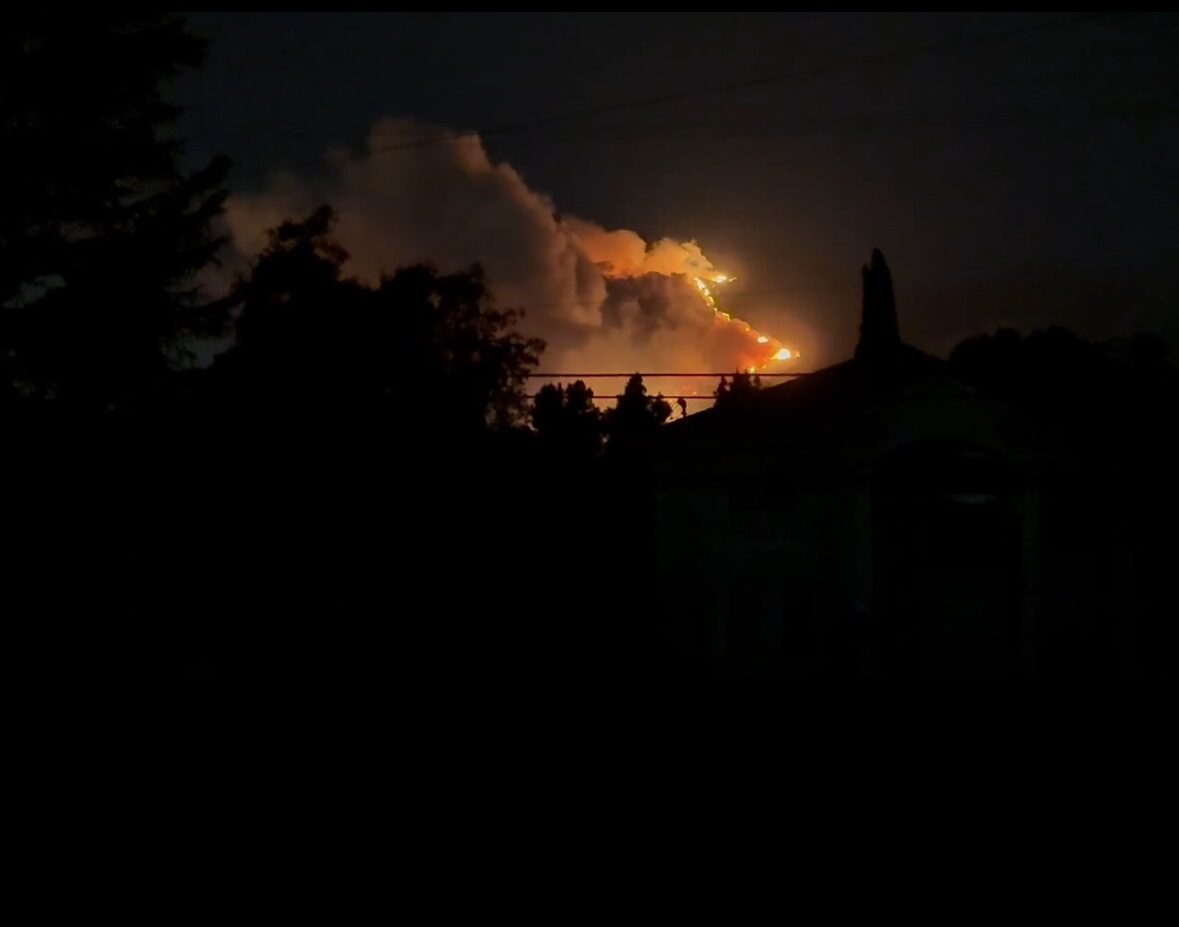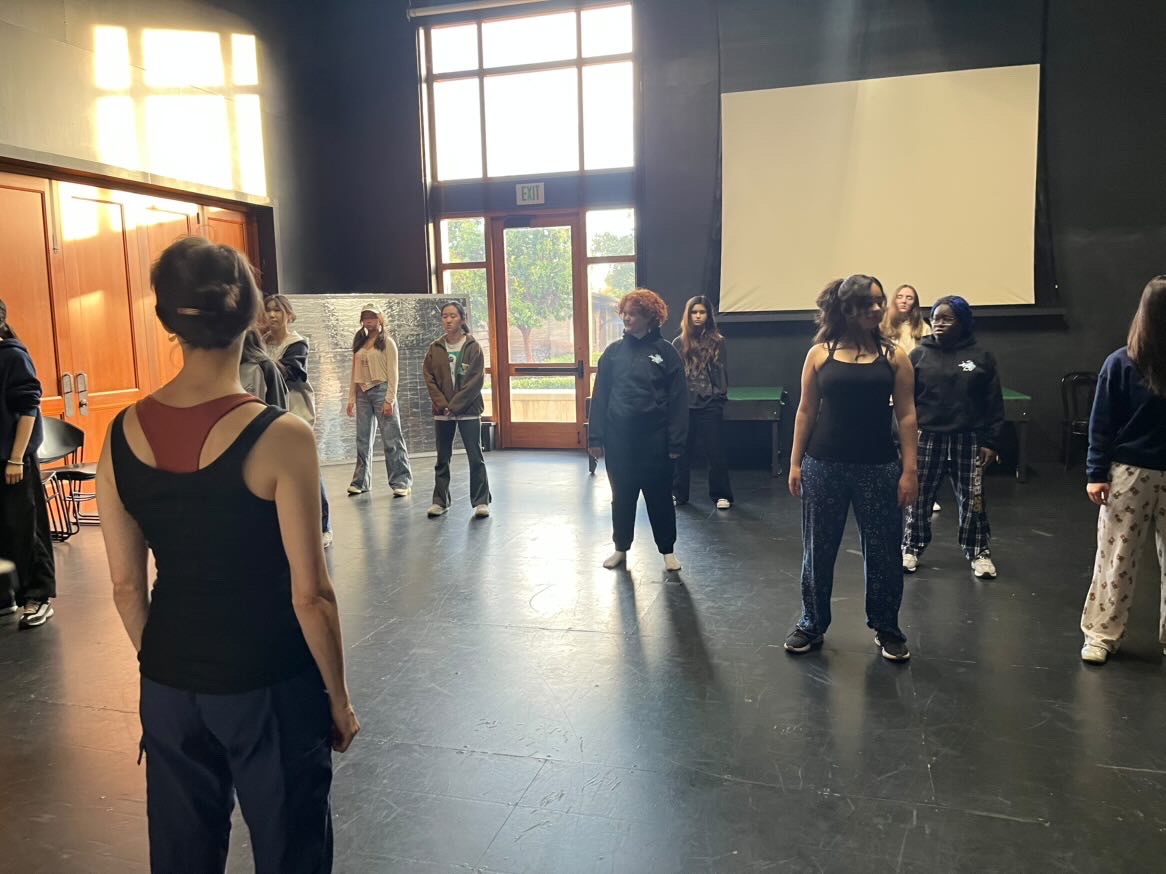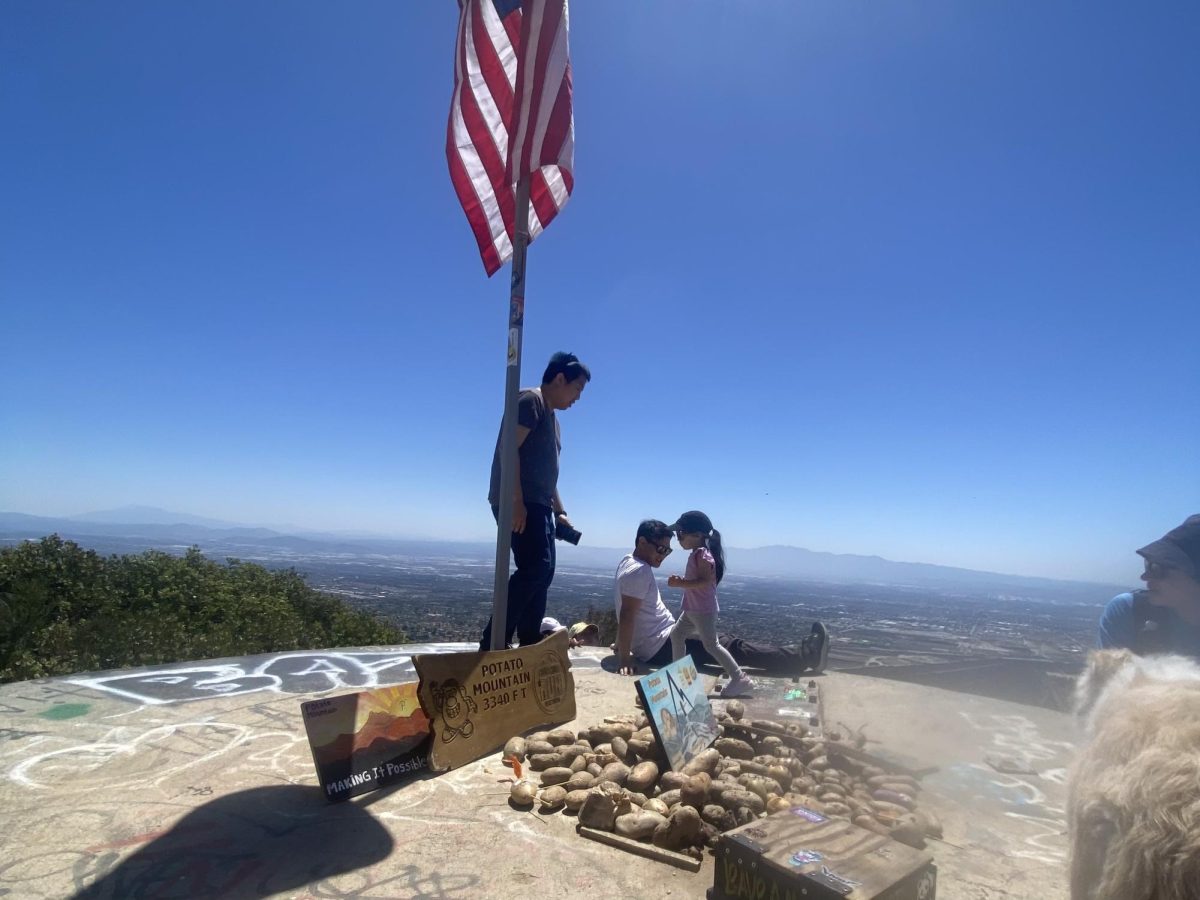On Thursday, March 13th, 2025, a security threat at a nearby college sent shockwaves through the Webb community. As Webb students checked in with on-duty faculty and prefects at 7:30 p.m., their phones buzzed with alarming news. Claremont McKenna College, one of the nearby Claremont Colleges, reported an active shooter threat.
Webb quickly reassured parents that all students were safe, but the proximity of the incident left many uneasy. For some, the fear was due to personal connections—many Webb students have family members working at the Claremont Colleges.
“I was concerned for my mom because that is where she works,” Finn Miller (‘25) said. “She texted me to shut the windows and stay inside.”
The threat began at 4:44 p.m. when an anonymous caller told Claremont police they had a bomb, were holding someone hostage, and planned to open fire on campus. Officers responded immediately, deploying armored vehicles and locking down parts of Claremont McKenna College. After a thorough search found no weapons, suspects, or signs of an attack, Claremont McKenna’s Chief Operating Officer, Sharon Basso, confirmed the threat was a swatting call.
Swatting is a form of harassment where someone makes a false report to emergency services, such as claiming a violent crime is in progress, to provoke a heavy police response at a target’s location. It is dangerous, illegal, and has been targeting schools, hospitals, and public spaces.
Some swatters do it for attention, others to cause chaos, and some to retaliate against individuals. No matter the motive, the impact is the same: panic, wasted resources, and a huge sense of insecurity.
Despite it being a false alarm, chaos unfolded in real time.
“We had Claremont McKenna students running onto our campus after being evacuated,” said Laura Schaeffer, Chief Operating Officer of Pitzer College and a Webb parent. “It happened fast, and we had to figure out how to direct them.”
Similarly, at Webb, communications happened swiftly.
“I got updates from folks from the college community,” said Michael Hoe, Assistant Head of School. “Our security team stayed in contact with Claremont Police to ensure our campus remained safe.”
The swatting incident at Claremont McKenna was not an isolated event. Just a day earlier, Loma Linda Children’s Hospital received a nearly identical threat. The timing and similarities—both targeting institutions with young people—sparked speculation that these calls were part of a larger pattern.
Before officials confirmed the threat was a hoax, online discussions, particularly on a Reddit thread titled “Active Shooter Threat: Claremont Colleges,” showed speculations of swatting call.
The fact that incidents like this have become a trend underscores the need to understand swatting—how it happens, what it means for our community, and how Webb can do better to best protect its students in face of potential danger.
Given the wave of swatting incidents that have happened in recent years, schools are now faced with a difficult question: without ignoring the potential safety threats of any incident, how do we avoid creating unnecessary fear?
Swatting exploits fear, and as these incidents become more common, schools must ensure students feel protected without living in constant anxiety. To achieve this, schools need to rethink their approach to emergency drills, alerts, and responses. Rather than simply reacting to threats, institutions should prioritize creating a culture of preparedness that goes beyond procedural drills.
Finally, more schools need to incorporate mental health support into their emergency planning. The emotional toll of false alarms should not be ignored. It is crucial for schools to offer debriefing sessions, reducing the potential for long-term effects of these false alarms. By combining effective security measures with thoughtful emotional support, schools can strike a balance between preparedness and the well-being of their students.
For Webb, it is the same. Swatting calls are happening more than ever. Reacting to them by overhauling security measures can be counterproductive, but ignoring the issue also neglects a serious threat to both campus safety and student well-being. Although Webb responded promptly to this incident, we could still learn from these incidents to find a balance between effective responses and ensuring students feel safe on campus.















